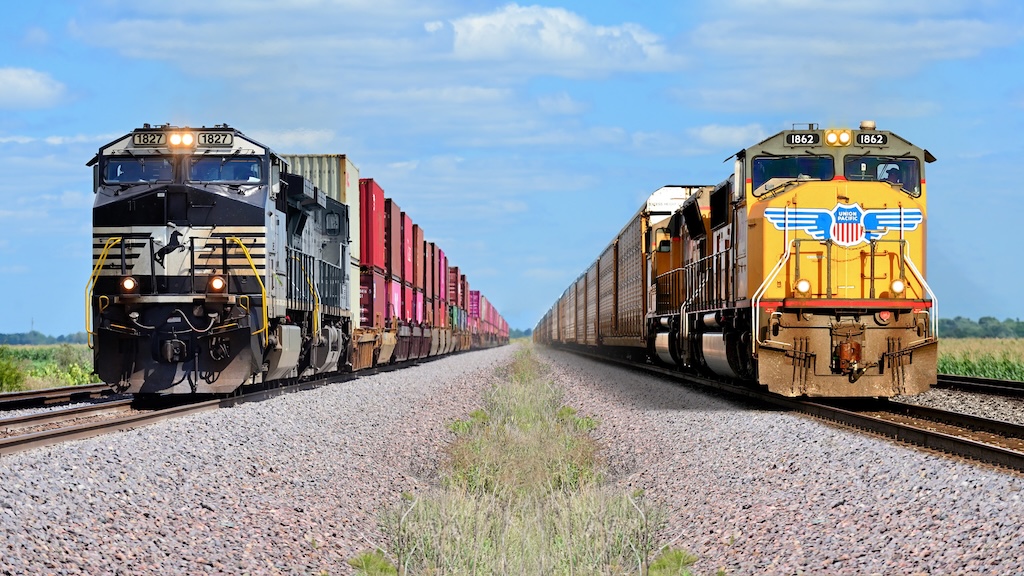
LAGUNA BEACH, Calif. — Union Pacific CEO Jim Vena and Norfolk Southern CEO Mark George say the interline partnerships that BNSF, CSX, and Canadian National have announced recently are proof that the proposed UP-NS merger will boost railroad competition.
“Just the mere idea of having a transcontinental railroad has already enhanced competition … And I think that’s a very, very important point. Our argument is being made for us,” George told an investor conference today (Wednesday, Sept. 10).
The Surface Transportation Board’s 2001 merger review rules encourage alliances that can provide merger-like benefits without integration-related service problems. The rules also require a major merger to enhance, rather than merely preserve, competition.
“We’ve got lots of competition coming at us … I love it. And I think it helps us with the STB,” Vena said in a separate appearance at the conference.
Last month BNSF and CSX announced an intermodal partnership that will offer seamless domestic coast-to-coast service, plus new international service linking BNSF’s Kansas City terminal with CSX-served ports on the East Coast.
And on Monday CSX and Canadian National unveiled plans to develop new interline intermodal service linking Nashville, Tenn., with Vancouver and Prince Rupert, British Columbia, via interchange at Memphis.
BNSF, CSX, CN, and Canadian Pacific Kansas City executives have all said that Class I mergers are not necessary and that they will focus on interline partnerships that can offer shippers more options today.
Vena says there’s no doubt alliances will make the other railroads more competitive. But he also insisted that mergers are far more effective because they’re permanent and place decision-making under one railroad’s control.
“Bottom line is this: A cooperation agreement is completely different than a consolidation,” Vena says. “There is way more benefits on a consolidation, on a merger, than there ever is on an agreement where you’re going to work together.”
A railroad will abandon a run-through power agreement, for example, when it’s short of locomotives.
“If you’re short locomotives or tight for people, you have to set the priority, and you’re going to look inward,” Vena says. “So that’s why they always break down.”
Vena also downplayed the potential impact of the CN-CSX agreement, noting the UP-NS route from West Coast U.S. ports to Nashville is 700 miles shorter than CN from Vancouver to Memphis and CSX from Memphis to Nashville.
UP and NS have said that one of the key selling points for their merger is its potential to boost the U.S. economy, make American companies more competitive in global markets, and support an American industrial renaissance.
Vena said he met with senior Trump administration officials in Washington on Tuesday. “They get it,” he says. “They understand the value of what we’re proposing, and they think it’s an absolute win for the country.”
George likened the merger to President Dwight Eisenhower’s creation of the Interstate Highway System in 1956.
“This will be as transformative as what Eisenhower did in the ’50s … when it comes to freight transportation,” George says. “Ever since then, when that highway system was built, freight has started to navigate toward the highway, and it’s been hard for rail to recapture share. This is our opportunity to redefine rail’s role in freight transportation.”
Shipper associations, some rail labor leaders, and some elected officials have criticized the UP-NS merger, saying it will leave shippers with fewer options and lead to service problems.
But George says feedback from shippers, labor unions, and elected officials has generally been positive. “There’s just a lot of optimism and positivity toward what we’re doing, and we’re really excited by that,” he says.
Vena says a fragmented rail network — with two Class I railroads in the East, two in the West, and two in Canada that extend into the U.S. — cannot effectively deliver for customers. “Does anybody want to go back to 40 Class I railroads? Absolutely not. Does anybody want to go back to the days of the railroad having so much power? That’s not where we are. Where we are is trucks are our biggest competition,” he says.
UP and NS teams are working on the more than 4,000-page merger application that will be submitted to the STB sometime after Oct. 29. “It’s a monster,” George says.
The spirit of cooperation between UP and NS employees mirrors the initial merger talks between the CEOs, George says.
“I’m really proud of the collaboration between the NS team and the UP team. We are working extremely well and extremely close, and it speaks to why I think the combination of UP and NS makes the most sense,” George says. “There’s a cultural fit.”
The UP-NS deal also requires shareholder approval. NS aims to hold its shareholder vote on the merger by the end of the year, George says.
The executives spoke at the Morgan Stanley Laguna Conference.






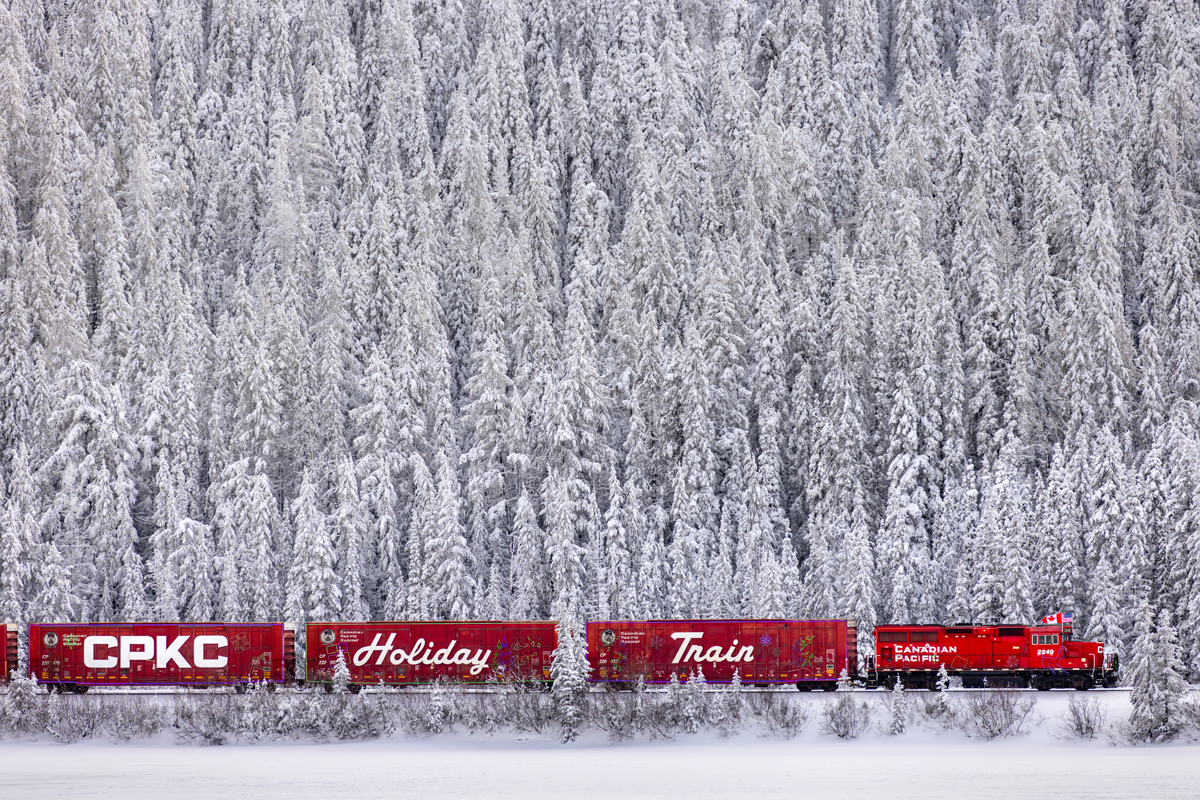

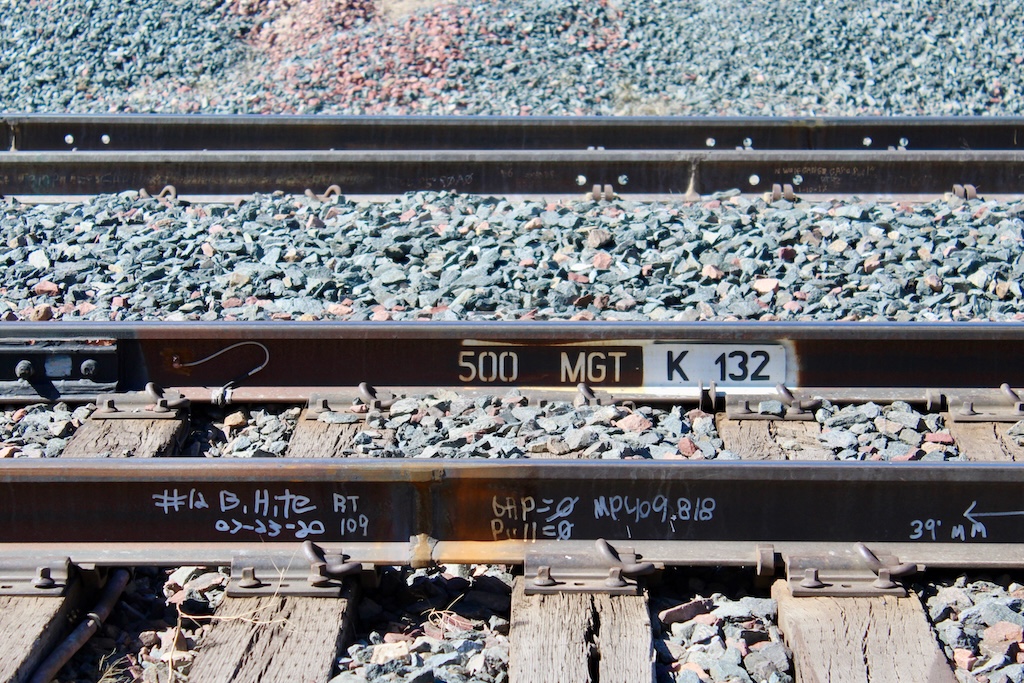
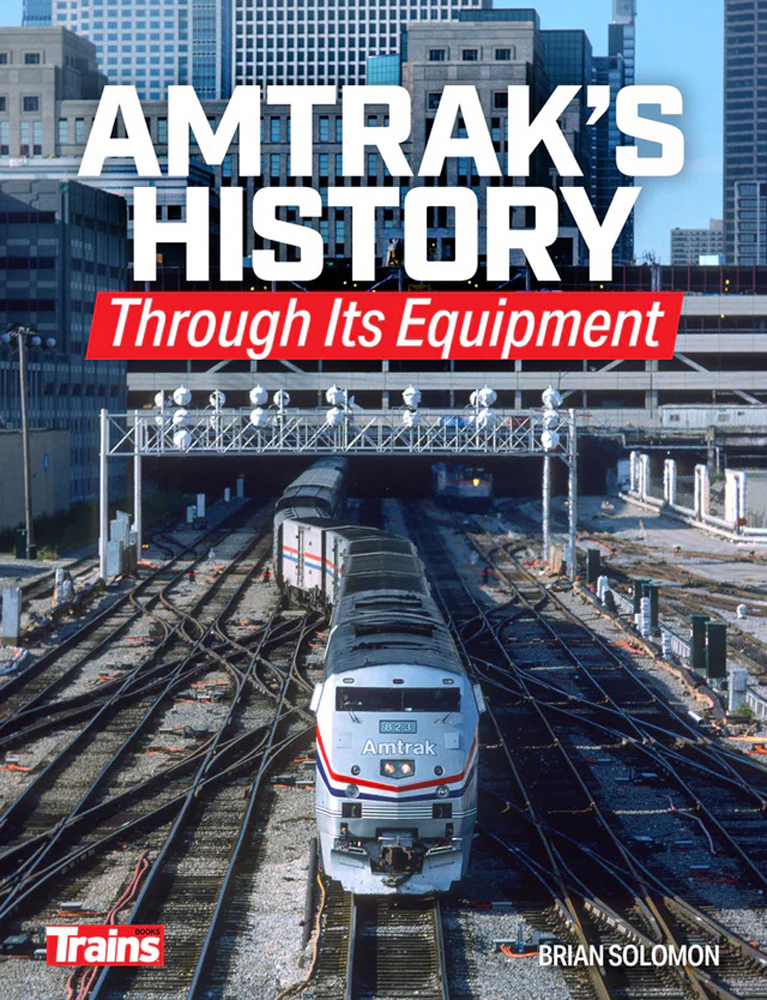
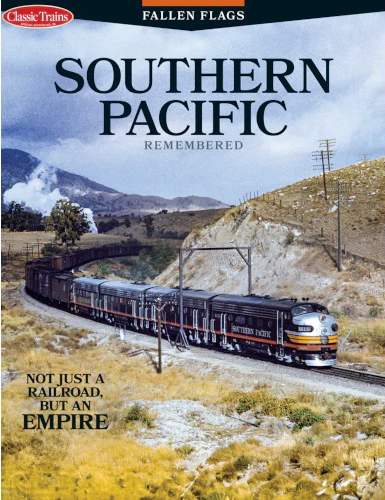
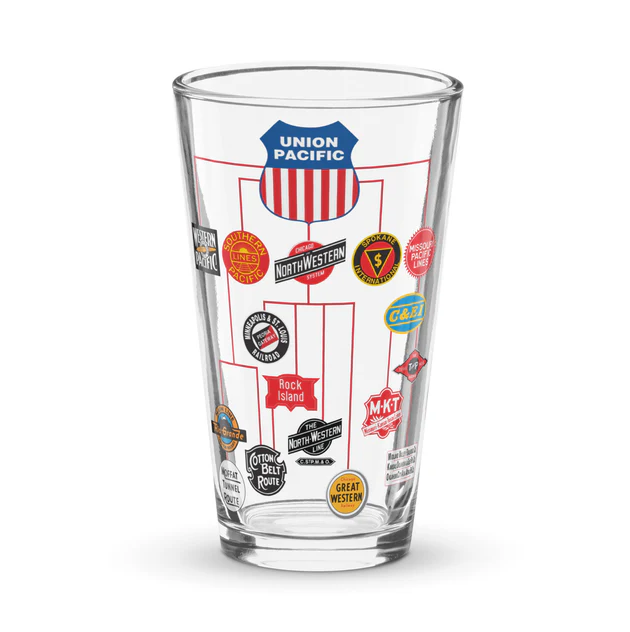
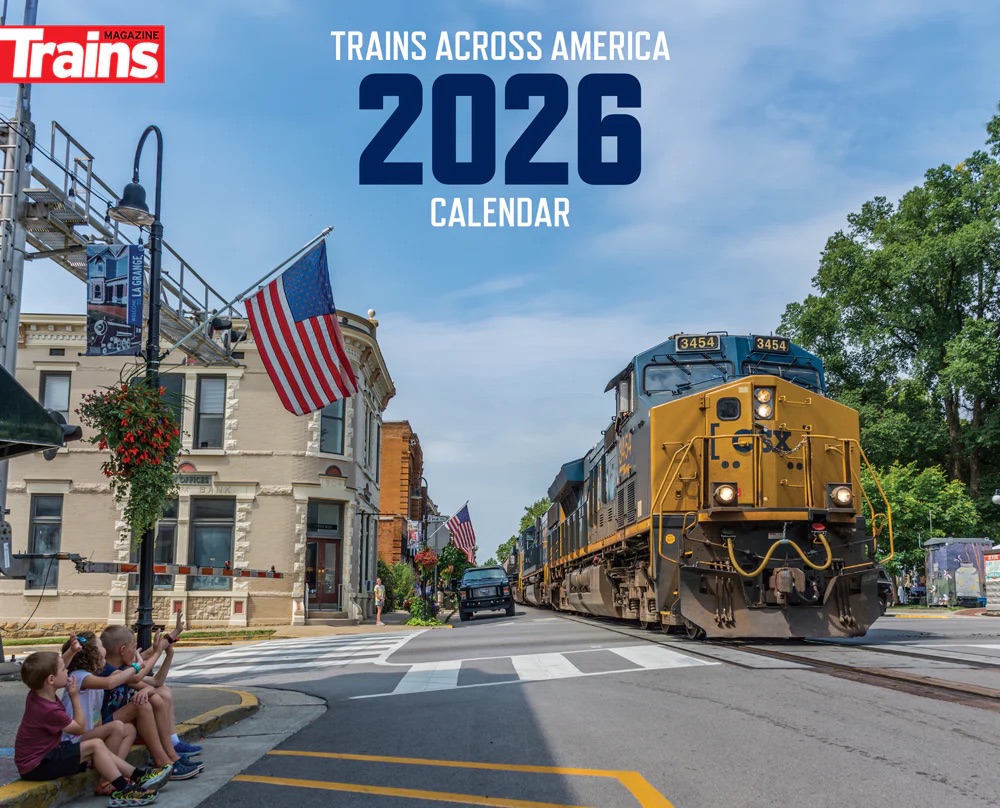
No matter what happens, merger or alliance, UP and NS will make it a win-win for the transportation industry and to the surprise of shippers, for the customers as well. That is just how America moves and how UP will continue “Building America.”
“Vena also downplayed the potential impact of the CN-CSX agreement, noting the UP-NS route from West Coast U.S. ports to Nashville is 700 miles shorter than CN from Vancouver to Memphis and CSX from Memphis to Nashville.”
Yet NS, nor the potential UPTC has direct access to Nashville… Drays from Memphis currently via Marion, AR..The proposed merged road could push the service further east to NS current Huntsville Ramp, reducing dray distance by half. Also the CN-CSX service will generally focus on the Fairview Terminal, at Port of Prince Rupert. Which is a day shorter sailing time than SeaTac (NSA).. So the rail route may be longer, yet sailing time is 24 hrs shorter..
Vena really is pushing for this merger. Must be a massive pot of gold (stock options?) for him at the end of the merger rainbow. The culture clash comments are spot on: cowboy mentality vs. plantation mentality.
Oops, forgot one of their biggest hidebound holdouts: last to adopt chemical toilets aboard their locos, and then only because Conrail crews refused to operate the “baggie” units (remember them? nasty!) in run-through service, and pressure from the unions!
I guess they still use outhouses in a lot of the south.
Only a Class I CEO would call the fact the industry has consolidated down to 6 large railroads and day its still “fragmented”.
Maybe the new agreements are demonstrating you don’t need to merge to improve service.
Class I merging is an endgame situation when all other improvements have been done, and I highly doubt we’re there yet.
Garant vs Norfolk Southern Railroad, Attempted Murder, Aggravated Manslaughter/Assault, and Fired Whistle Blower
UPNS will say whatever they think is needed to get this merger approved and it is a likely “well huh!” if any of the claims are true.
Cynical? Me??
Does anybody like the “new” news format? There seems to be a lot fewer new stories and after the first three you need to go searching for anything else that might be new.
Hi, Dennis: If you go to the Trains Pro home page, at the bottom of the first three news stories there, when you click on “See more,” you get everything that’s been published on Trains Pro. I’ve asked for an adjustment to make this clearer, but am still waiting on that. That doesn not include preservation and heritage railway news, which is separate on the Trains home page.
If there are fewer stories — and that may be the case; I haven’t counted — it is simply because we’ve been in a little bit of a slow news period. These things tend to even out over time.
— David Lassen, Senior editor, Trains
How about Fireclown keeping modeling and toy trains separate from real trains so we who only want to see the news and comment don’t have to wade through a website filled with everything else under the sun which could be monetized in some way to the profit of the publisher. That would be a nice return to how Kalmbach ran things and a method people respected. We appreciate what you are trying to do David, we just don’t trust your bosses…
From how statement: I’m pretty sure Vena doesn’t know why his power fails, or his people. Just wait until we get some of that premier power that NS runs.
Vena knows exactly what is going on in his railroad, probably better than any other President/CEO, since he rose from the ranks of train crews as an engineer and understands operations like the back of his hand. To underestimate him would be a major mistake by any opponent or pundit. He has taken a railroad that former CEO (an accountant type) Lance Fritz was running into the ground and has returned it to one of the top rail franchises in the World. No matter what happens, Vena will make the best of any situation, just as has has done since he took over several years ago…
The culture clash will be interesting to watch. The hidebound southern “we ain’t never done it that way before” attitude of last to drop steam, last to adopt low-nose diesels and drop long-nose forward operation, last to adopt AC power) versus the UP’s cowboy attitude of “let’s git ‘er done”; turbine power, double diesels, and early adoption of AC power in massive amounts. It will be fun, folks!
I think most UP people would resent your “cowboy attitude” statement as indicating your bias. Maybe cowboy culture is what got the west settled in a time of great national upheaval, among them mass western settlement, the Civil War, World Wars and the Great Depression… That “Cowboy Attitude” you make light of is what has made what Union Pacific, and for that matter BNSF also, the great fomenters of Western transportation in a way no other entities could have ever done…
Today’s NS and UP are only echoes of their past. Yes N&W stuck to their old, tried and true ways for a long time. The great Ed King would be the first to admit that. But the descendants of N&W and Southern Railway and their progenitors, is a forward looking railroad that has made the most of what and who they are and will be either a great addition to Union Pacific or a great alliance partner to the same. Either way, its a win win for UP and NS…
If you’re NS, you basically have to hope the merger goes through now. Every alliance that’s been announced only undercuts their customer base.